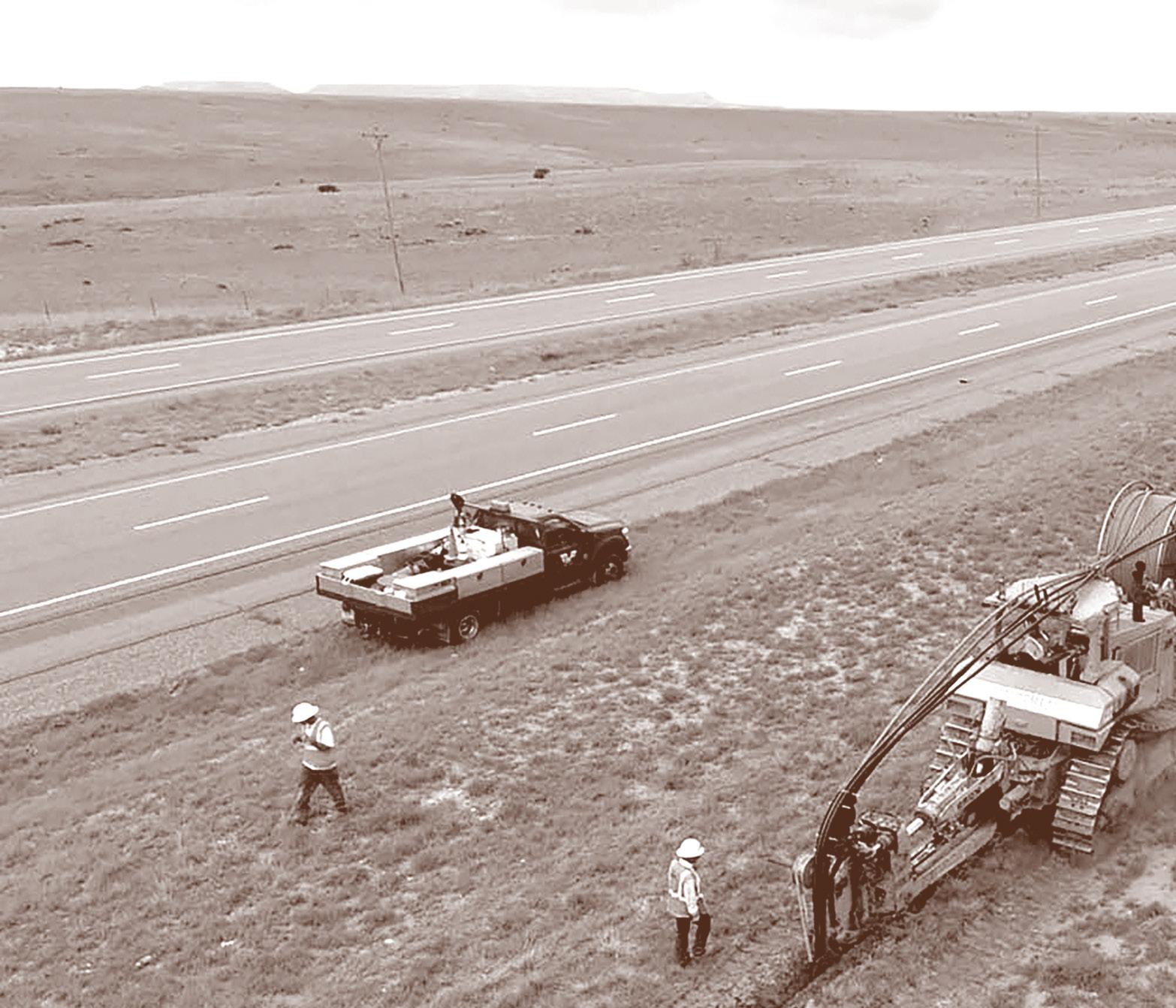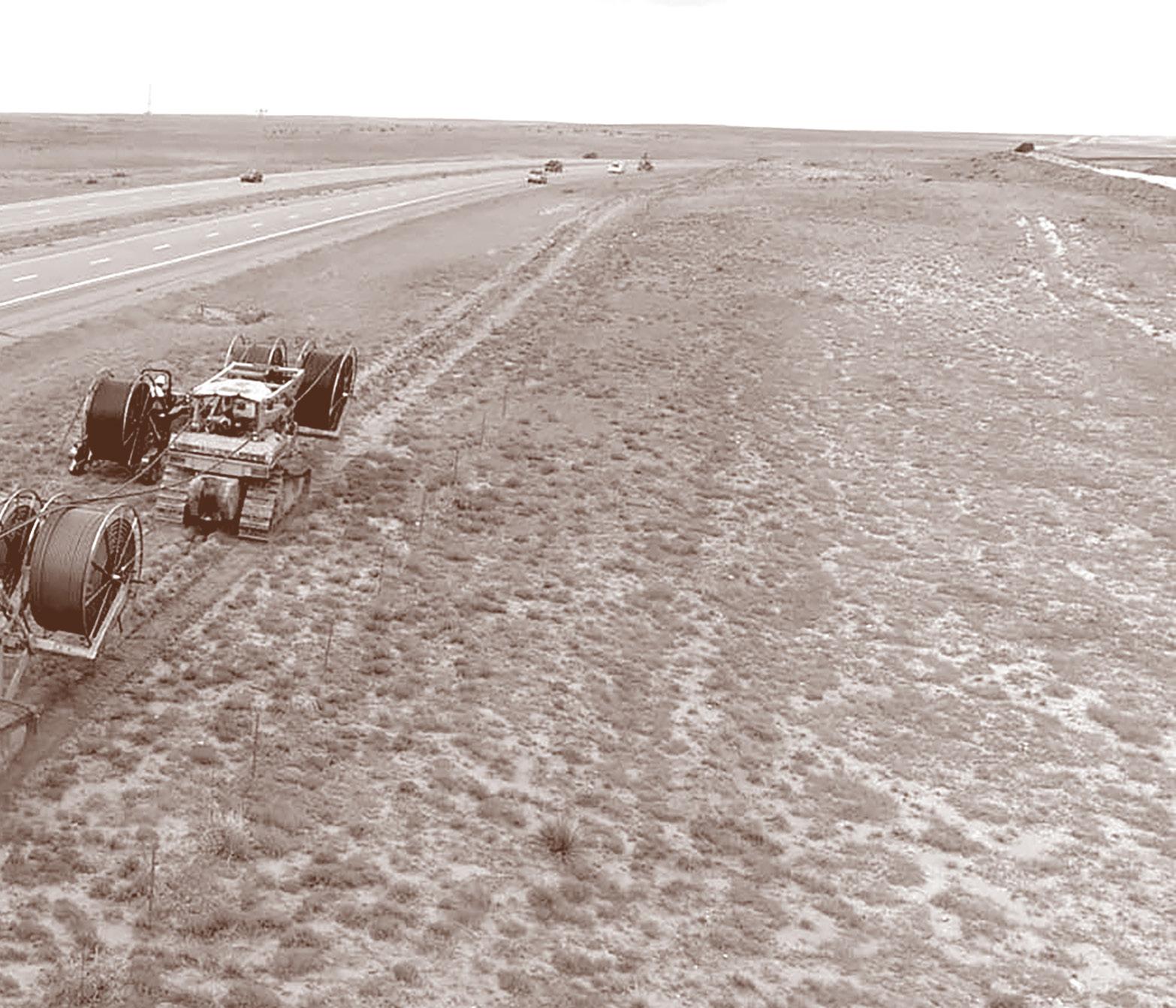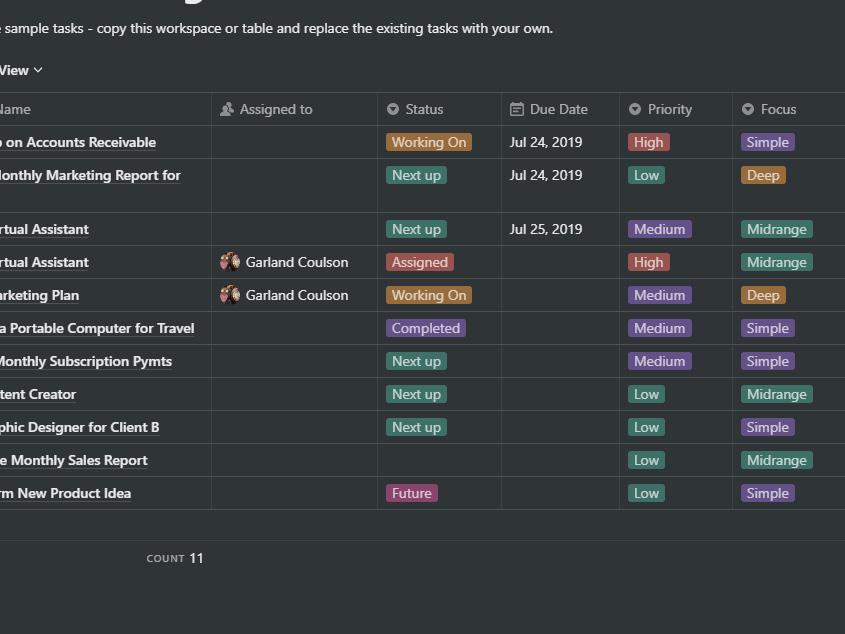

NAVIGATING THE FIBER NETWORK PERMITTING LANDSCAPE
STREAMLINING APPROVALS FOR FASTER, COMPLIANT FIBER INFRASTRUCTURE
DEPLOYMENT

TROYER GROUP
NETWORK SERVICES TEAM
The Critical
Path: Permitting for Fiber and Broadband Network Deployment
An Overview of the Challenges and Nuances of Network Permitting Summer 2025

The rapid expansion of high-speed fiber and broadband networks is fundamental to economic growth, social equity, and technological innovation. While the technical aspects of network construction - splicing, trenching, and installation - are wellunderstood, the true bottleneck and often the most complex phase of a project lies not in the physical work, but in the administrative and regulatory process of permitting. Permitting for both aerial and buried fiber networks is a multifaceted challenge, fraught with nuances that can cause significant delays and cost overruns.

The Permitting Landscape
Navigating jurisdictional complexity, varying requirements, and complicated fee structures to get projects constructed as quickly as possble



One of the most significant hurdles is the highly fragmented nature of permitting authorities. A single fiber route may cross multiple jurisdictions, each with its own unique set of rules, fees, forms, and review processes.
Jurisdictional Complexity: A project may require permits from a state Department of Transportation (DOT) for highway crossings, a county for rural roads, and several different municipalities (cities, townships) for urban and suburban areas. Each authority operates independently, with no standardized application or review process.
Varying Requirements: Permitting requirements can differ dramatically. One municipality might require detailed engineering schematics stamped by a Professional Engineer (PE), while another may only need a simple, hand-drawn map. The lack of a uniform standard forces providers to create multiple versions of project plans, increasing administrative overhead.
Fee Structures: Permit fees can vary wildly, from a flat fee per mile to a complex calculation based on linear footage, number of crossings, or even a percentage of the total project cost. Unpredictable and high fees can significantly impact project budgets.
The Challenges of Joint Use and MultiUtility Coordination
For aerial fiber deployment, joint use of existing utility poles is a cost-effective and efficient method. However, it introduces its own set of complex permitting and coordination challenges.
Pole Owner vs. Permitting Authority: The pole owner (e.g., an electric utility, telephone company) is not the permitting authority. While the pole owner grants permission to attach to their infrastructure, a separate permit from the local government is still required to place the fiber in the public right-of-way. This dual-approval process can be slow and requires a two-pronged administrative effort.
“Make-Ready” Delays: Before a new fiber can be attached, the pole owner must ensure the pole has enough space and is structurally sound. This often requires existing tenants (other telecommunication companies) to move their equipment, a process known as “make-ready.” The pace of make-ready work is entirely dependent on the pole owner and their existing workload, leading to unpredictable and often lengthy delays that are beyond the control of the fiber provider.
Multi-Utility Coordination (Buried Networks): For buried networks, coordination is equally critical. Projects must navigate around existing buried utilities such as gas lines, water mains, sewer pipes, and electrical conduits. The “811 - Call Before You Dig” process is a starting point, but accurate, upto-date utility maps are often non-existent, requiring expensive and time-consuming exploratory work (potholing) to verify locations and prevent damage.



Our clients often say:
“We need responsible partners who consistently bring better solutions to the table.” We are that partner.

Tracking and Reporting:
A single project can involve hundreds, if not thousands, of individual permits. Without a robust system to track each permit’s status—submitted, under review, approved, pending corrections—it is impossible to manage the pipeline effectively. Delays on one critical permit can halt an entire construction phase.

Timing and Scheduling:
The time it takes for a permit to be approved is often unpredictable, ranging from a few days to several months. This variability makes it incredibly difficult to create accurate project timelines and schedule construction crews. Underestimating permit timelines can lead to idle crews, a significant and avoidable cost. Overestimating can cause unnecessary delays in network activation.

Contractor Coordination:
Permitting is a prerequisite for construction. Contractors cannot mobilize until permits are in hand. Delays in permitting directly impact contractor schedules, leading to potential cancellation fees or the loss of preferred crews to other projects. Conversely, poor communication can result in contractors starting work before a permit is approved, leading to stop-work orders and fines.
The Crucial Role of Tracking, Timing, and Contractor Coordination
Effective management of the permitting process requires meticulous tracking, realistic timing, and seamless coordination between internal teams and external contractors.

Recommendations for a Streamlined Approach
To mitigate these challenges, providers must adopt a proactive and strategic approach to permitting.

A Dedicated Permitting Team:
Troyer Group’s internal permitting team employs a deep understanding of local and multijurisdictional permitting landscape. This team focuses solely on building relationships with municipal agencies, utilities, and other local authorities to most effectively manage the permit pipeline for our clients.

Standardized Processes and Templates:
While each jurisdiction is unique, our expert process management standardizes gathering information, creating application packages, and tracking status can significantly to improve the overall efficiency of the permitting process.

Foster Early and Open Communication:
We engage with permitting authorities, pole owners, and other utilities early in the planning phase. Proactive communication can help identify potential issues before they become showstoppers.

We know how critical it is to provide fast, dependable, and responsive service, even on tight timelines.
The successful deployment of fiber and broadband networks hinges on an efficient and well-managed permitting process. While the challenges of fragmented jurisdictions, multi-utility coordination, and administrative delays are significant, they are not insurmountable. By treating permitting not as a simple checklist but as a critical path in its own right—with dedicated resources, strategic planning, and robust tracking—network providers can transform this administrative hurdle into a competitive advantage, accelerating deployment and bringing essential connectivity to communities faster.
